Plane :
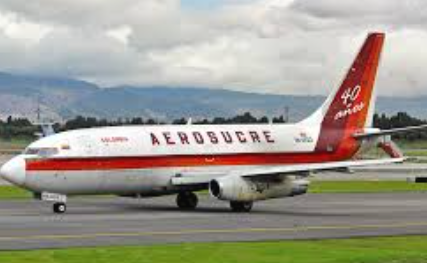
Go check the 737-400 Combi!
The 737-200 was a 737-100 with an extended fuselage, launched by an order from United Airlines in 1965 and entered service with the launch customer in April 1968. Its unit cost was US$4.0M (1968)[28] ($35M today). The -200's unit cost was US$5.2M (1972)[31] ($37.9M today). The 737-200 Advanced is an improved version of the -200, introduced into service by All Nippon Airways on May 20, 1971.[23] After aircraft #135, the 737-200 Advanced has improved aerodynamics, automatic wheel brakes, more powerful engines, more fuel capacity, and hence a 15% increase in payload and range over the original -200s and respectively -100s.[18][32] The 737-200 Advanced became the production standard in June 1971.[33] Boeing also provided the 737-200C (Combi), which allowed for conversion between passenger and cargo use and the 737-200QC (Quick Change), which facilitated a rapid conversion between roles. The 1,114th[34] and last delivery of a -200 series aircraft was in August 1988 to Xiamen Airlines.[1][35]
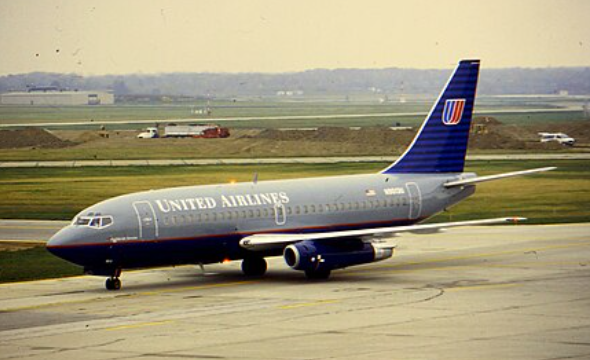
Nineteen 737-200s, designated T-43, were used to train aircraft navigators for the U.S. Air Force. Some were modified into CT-43s, which are used to transport passengers, and one was modified as the NT-43A Radar Test Bed. The first was delivered on July 31, 1973, and the last on July 19, 1974. The Indonesian Air Force ordered three modified 737-200s, designated Boeing 737-2X9 Surveiller. They were used as Maritime reconnaissance (MPA)/transport aircraft, fitted with SLAMMAR (Side-looking Multi-mission Airborne Radar). The aircraft were delivered between May 1982 and October 1983.[36]After 40 years, in March 2008, the final 737-200 aircraft in the U.S. flying scheduled passenger service were phased out, with the last flights of Aloha Airlines.[37] As of 2018, the variant still saw regular service through North American charter operators such as Sierra Pacific Airlines.
The short-field capabilities of the 737-200 led Boeing to offer the "Unpaved Strip Kit" (see the Air North example, right). This option reduced foreign object damage when operated on remote, unimproved or unpaved runways, that competing jetliners could not use safely. The kit included a gravel deflector on the nose gear and a vortex dissipator extending from the front of the engine. Alaska Airlines used the gravel kit for some of its combi aircraft rural operations in Alaska until retiring its -200 fleet in 2007.[39][40] Air Inuit, Nolinor Aviation and Chrono Aviation still use the gravel kit in Northern Canada. Canadian North also operated a gravel-kitted 737-200 Combi, but this was due to be retired in early 2023.[41]
As of September 2023, a relatively high number of 737-200s remain in service compared to other early jet airliners, with fifty examples actively flying for thirty carriers.[42] During the 737 MAX groundings, older 737s, including the 200 and Classic series, were in demand for leasing.[43] C-GNLK, one of Nolinor's 737-200s, is the oldest jet airliner in commercial service as of 2024, having entered service 50 years prior in 1974.
Specifications
Spotlights
- NewWorldAerospace 2 months ago
General Characteristics
- Created On Android
- Wingspan 81.4ft (24.8m)
- Length 90.7ft (27.6m)
- Height 33.4ft (10.2m)
- Empty Weight 13,286lbs (6,026kg)
- Loaded Weight 25,814lbs (11,709kg)
Performance
- Power/Weight Ratio 1.741
- Wing Loading 21.0lbs/ft2 (102.3kg/m2)
- Wing Area 1,232.1ft2 (114.5m2)
- Drag Points 11630
Parts
- Number of Parts 97
- Control Surfaces 9
- Performance Cost 577

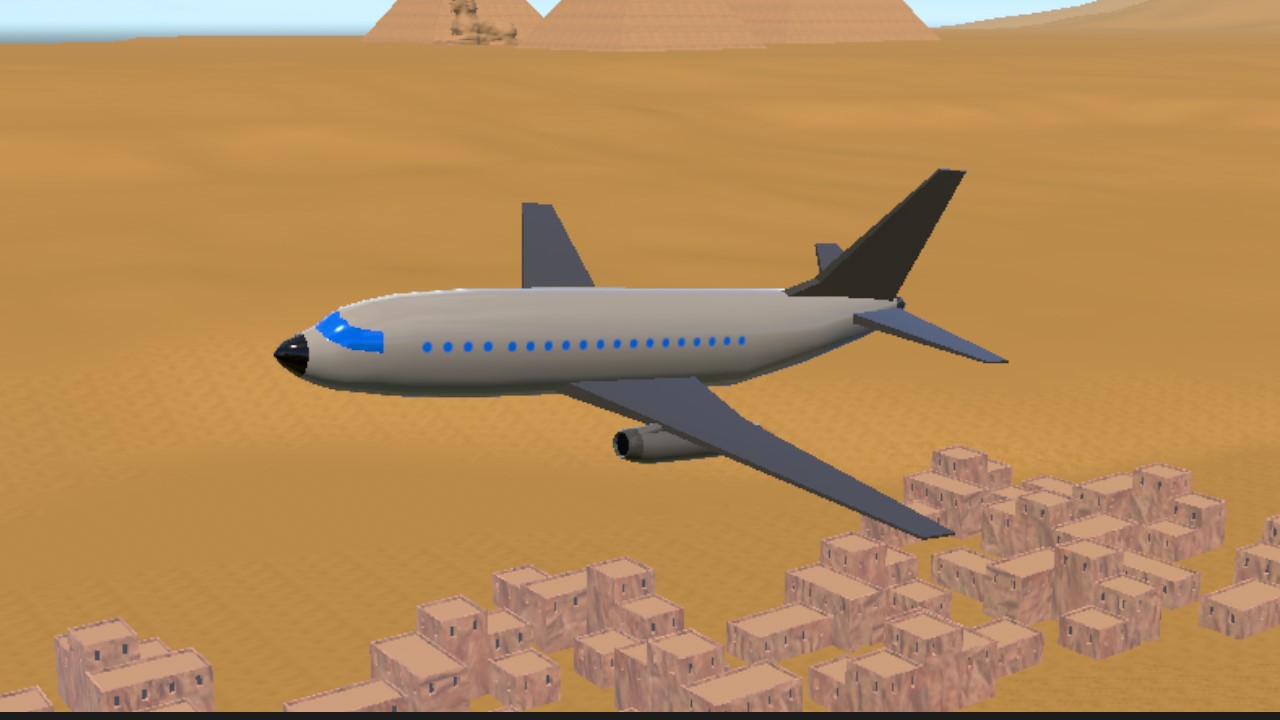
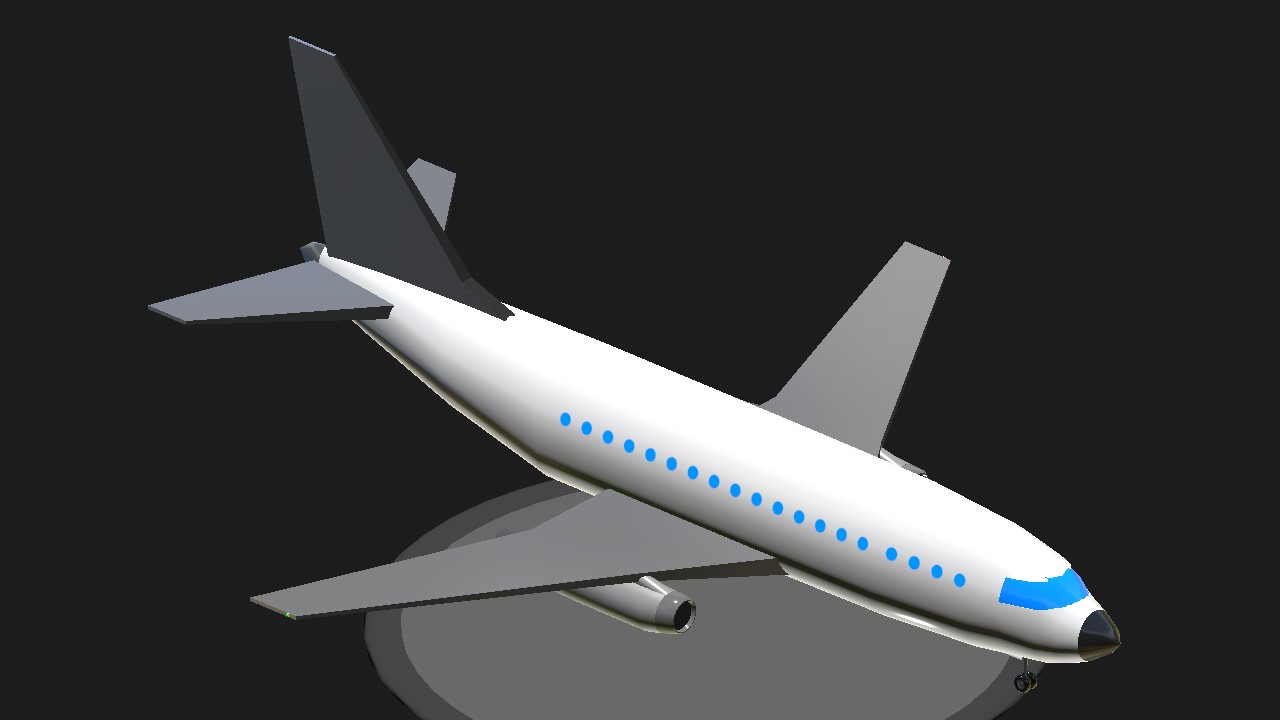
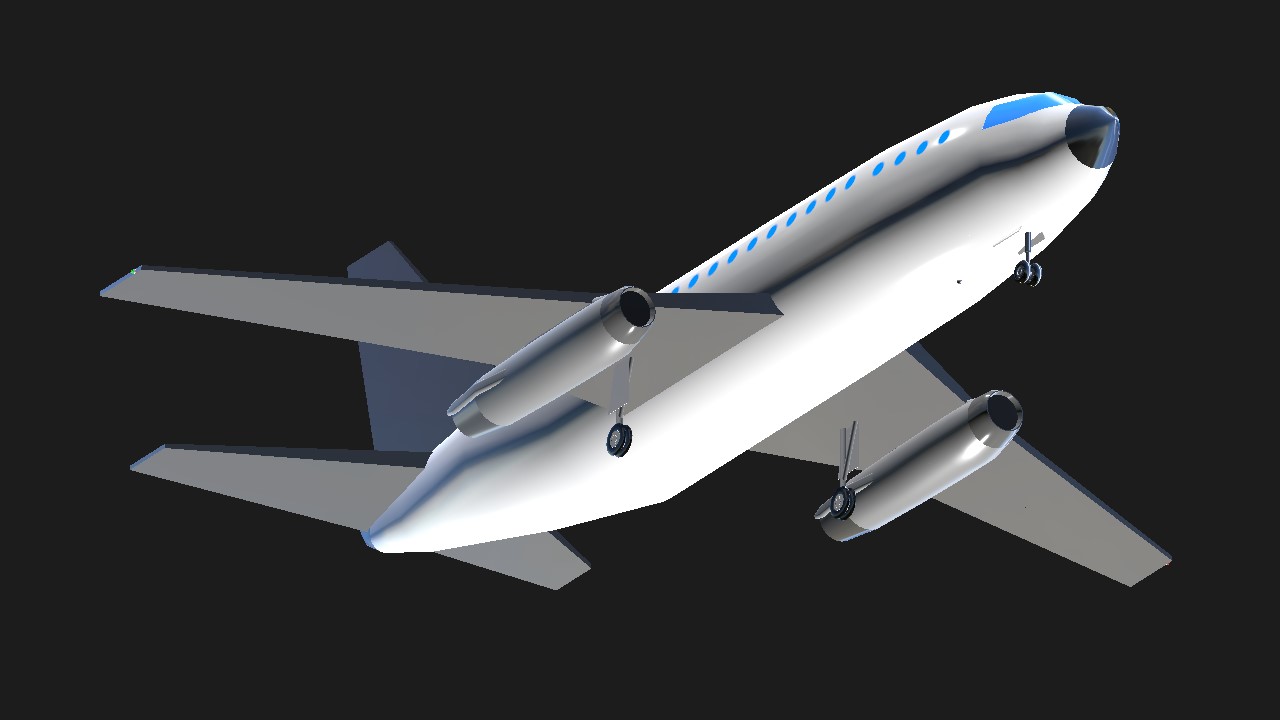
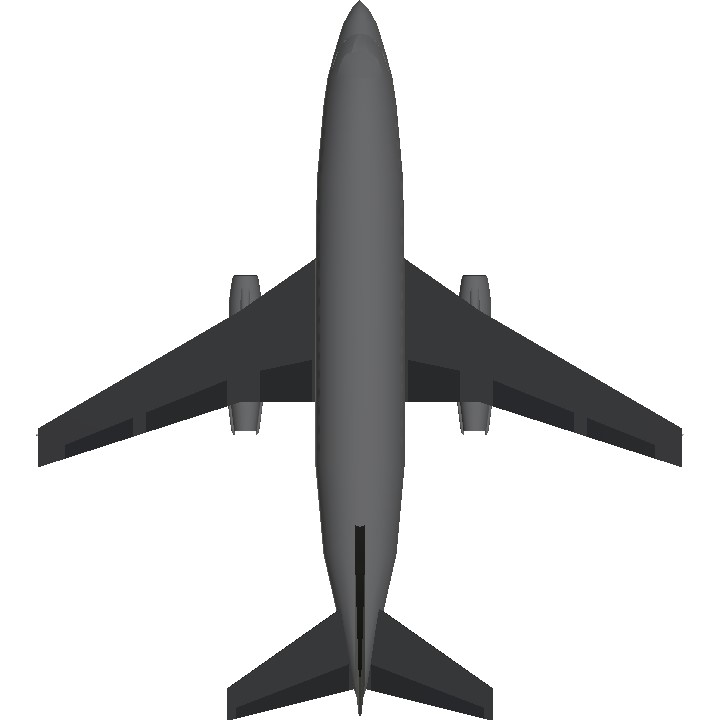
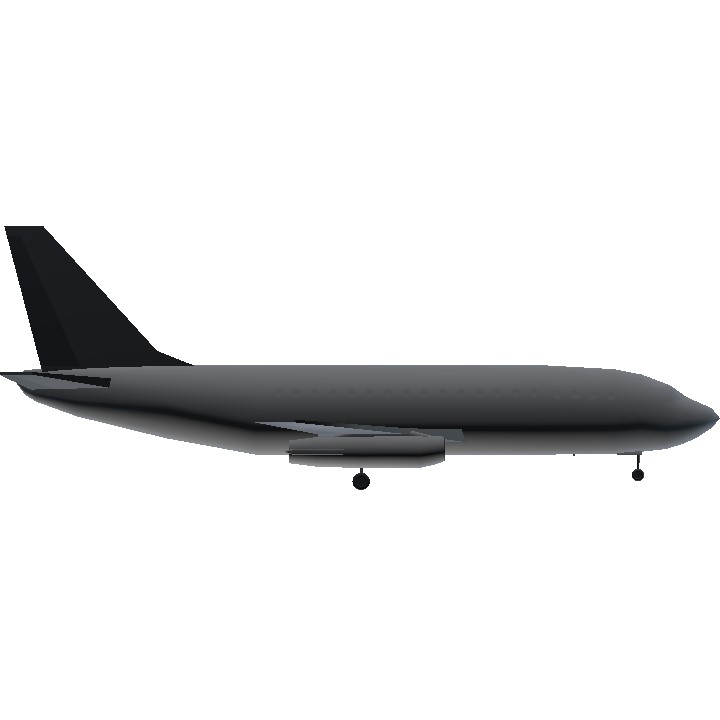
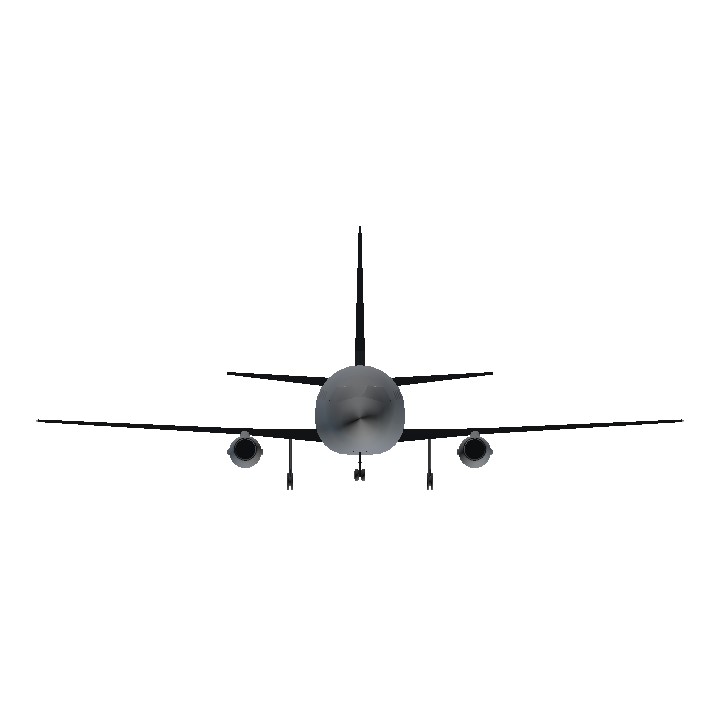
@Builderboy hm I made a 747 a time ago... It's horrible but I will make the 757 soon
Pls make a 757 or 747
I like this
@Erc90F4RU hm it's pretty cool
Somewhy....
Reminds me my super old (3.5 years lol) Boeing 737-200
Hmmm.... maybe me should remake it in someday? Dont really know....
@Mitterbin ye
Big boy with small landing gear!